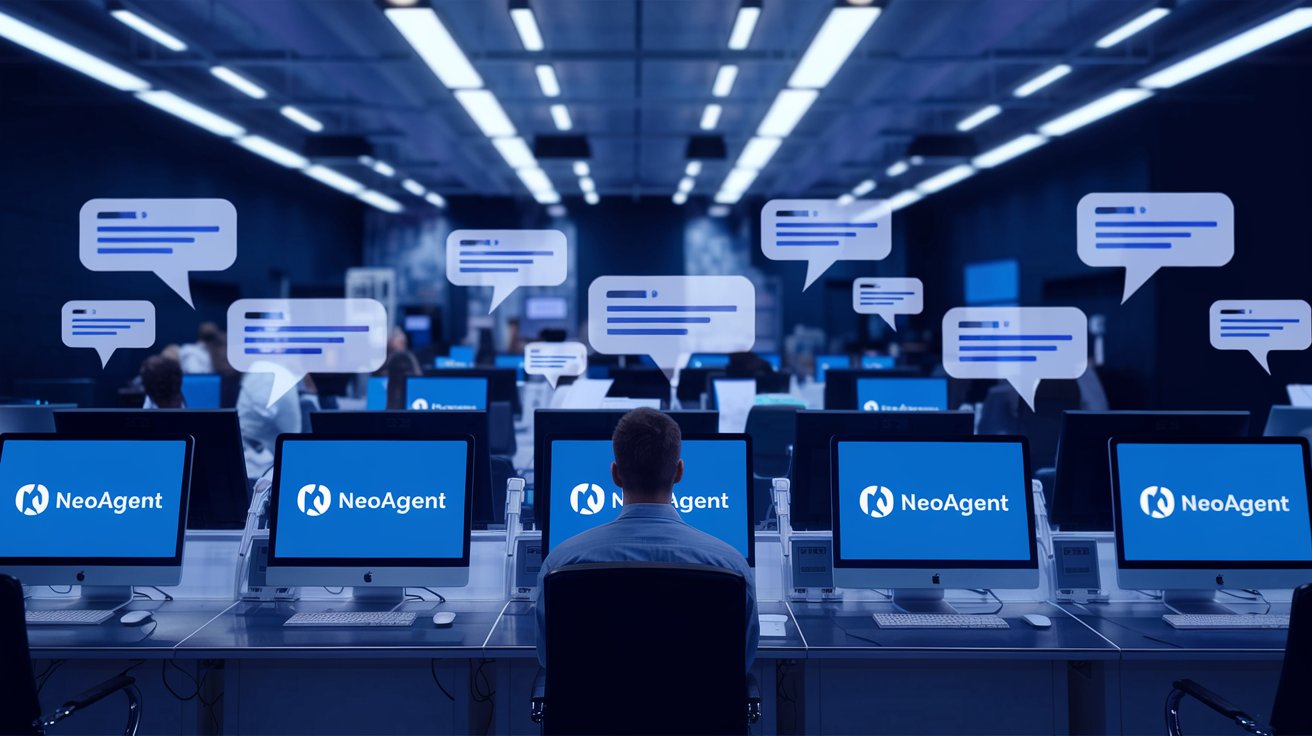Introduction
Effective IT documentation is essential for managed-service providers (MSPs) and service desk analysts to troubleshoot issues and maintain high-quality support. However, traditional documentation solutions often present their own set of challenges, making it difficult for analysts to find the relevant information quickly. In this blog, we will discuss the pitfalls of conventional IT documentation solutions and how they can impact service desk analysts’ efficiency and productivity.
Information Overload
With the increasing complexity of IT systems, the volume of documentation has grown exponentially. This information overload can be overwhelming for service desk analysts who need to sift through vast amounts of data to find the relevant information. As a result, analysts may waste valuable time searching for answers, leading to slower ticket resolution and reduced customer satisfaction.
Outdated or Inconsistent Documentation
Keeping documentation up-to-date and consistent across different platforms and team members is a significant challenge for many MSPs. Outdated or inconsistent information can cause confusion, leading service desk analysts down the wrong path and increasing the time it takes to resolve tickets. Additionally, the lack of standardized documentation formats may hinder collaboration and knowledge sharing among team members.
Difficulty in Locating Relevant Information
Traditional IT documentation solutions often lack efficient search capabilities, making it challenging for service desk analysts to pinpoint the necessary information quickly. Analysts may have to browse through multiple documents, folders, and systems to find what they need, resulting in frustration and delays in ticket resolution.
Inadequate Integration with Ticketing Systems
Many conventional documentation solutions do not seamlessly integrate with ticketing systems, forcing service desk analysts to switch between platforms constantly. This lack of integration can disrupt workflows, decrease efficiency, and increase the likelihood of errors and miscommunication.
Limited Accessibility and Collaboration
Traditional IT documentation solutions may not be easily accessible across different devices and locations, limiting analysts’ ability to access the information they need on-the-go. Additionally, these solutions may not offer robust collaboration features, making it difficult for team members to work together and share knowledge effectively.
Conclusion
While IT documentation is essential for MSPs and service desk analysts, traditional documentation solutions often create more problems than they solve. Information overload, outdated or inconsistent documentation, difficulties in locating relevant information, inadequate integration with ticketing systems, and limited accessibility and collaboration all contribute to reduced efficiency and productivity. To overcome these challenges, MSPs must explore innovative solutions that streamline documentation management and empower service desk analysts to provide rapid, accurate support.





